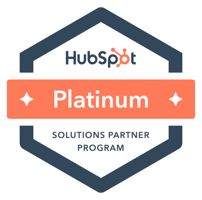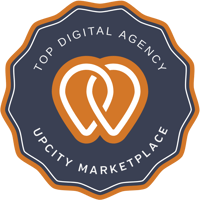Blogging
Blogging is the backbone of attracting traffic to your site. Blogging is not a one and done deal. It is an on-going process in order to increase your SEO. Google gives precedence to sites that are continually adding updated content. Creating a blog is the easiest way to continually add content for search engines to crawl and attract potential customers. These articles need to be well planned and thought out. Just throwing anything on a site won’t help. They need to be informational, interesting, beneficial and strategically infused with keywords. Creating premium content will lead to more shares and likes which is important to Google’s SEO.
One of the main factors affecting SEO is back-linking. If your website has no back-links then Google assumes your website is useless. If you have a bunch of back-links then Google can see your website’s content is useful. You can't really control your back-links, others must find your content and link it from their site. This is why creating a blog is critical. Each blog post gives you another opportunity for a possible link. Link quality does matter and yes, if the sites are of low quality or unrelated then it can hurt your SEO. Lastly, the content that gets back-linked the most is a great indicator of what type of content your audience enjoys.
Back-linking is important because it shows you are creating valuable content, but don’t forget to do your own internal linking. Internal linking helps search engines understand what’s on your website. So when you link a key phrase in your article to a page on your website or to another blog, search engines notice it.
Emailing Processes
Emails are an important inbound marketing feature because it helps you keep in constant contact with your potential customers and current/past customers. Like I have said before, the amount of potential revenue in your current and past customers can be astounding and emails are a great way to reach out to these customers to remind them of your services and inform them of other services that you offer. You may be surprised at the amount of your customers that are looking elsewhere for a service you already offer and that’s because they don’t even know you offer it. Emails are also a great way to get your audience to read your content. They are not always reading your blog page, so send emails with good content to remind them of your articles.
Having an automated email service can be very beneficial as it can simplify the whole emailing process. Automated email services offer you the ability to manage lists, send emails, customize templates, track email results and helps prevent you from sending emails to those who unsubscribed. These are the benefits of an automated email service, but why are automated emails important?
First it is a great way to build a relationship with your visitors easily. The auto-responder is a 24/7 worker reaching out to subscribers from your website. Automated emails also give you the opportunity to nurture leads. After they sign up for specific pieces of content, you can send follow up emails over a given period of time to push these leads through the sales funnel. Give them content that will make them think more about your services they inquired about. Keep your company top of mind and keep nurturing these potential clients.
Landing Pages
Landing pages are critical to getting a return on investment from your website. Landing pages are used to collect lead information from visitors on your site. The way you collect this data is by creating a form and offering a piece of content that visitors deem valuable. If it seems beneficial, these visitors will be willing to offer their personal information for it. Then you can use this information to reach out to these leads and hopefully close them on the service they were interested in. These landing pages must clearly state what they are offering and why it is beneficial. It also needs to be aesthetically pleasing to the eye with an accompanying image. Watch the conversion rates of your landing pages, if they are poor (<10%) then you may want to alter the copy, images, form, etc. Your goal of every qualified visitor is to get them to a landing page to fill out your form, so make sure your page is optimized when they get there.
Conclusion
For a business owner with a full schedule, implementing inbound marketing can be a struggle due to time constraints. So if you know you need to start one, start small and take baby steps. Don’t start off by implementing all of the different inbound marketing features, start with the important ones first. Blogging, email processes and landing pages are the building blocks of content marketing. These are the inbound marketing features that any small business owner should focus on.

Photo Credit: Tim Morgan via Flickr



